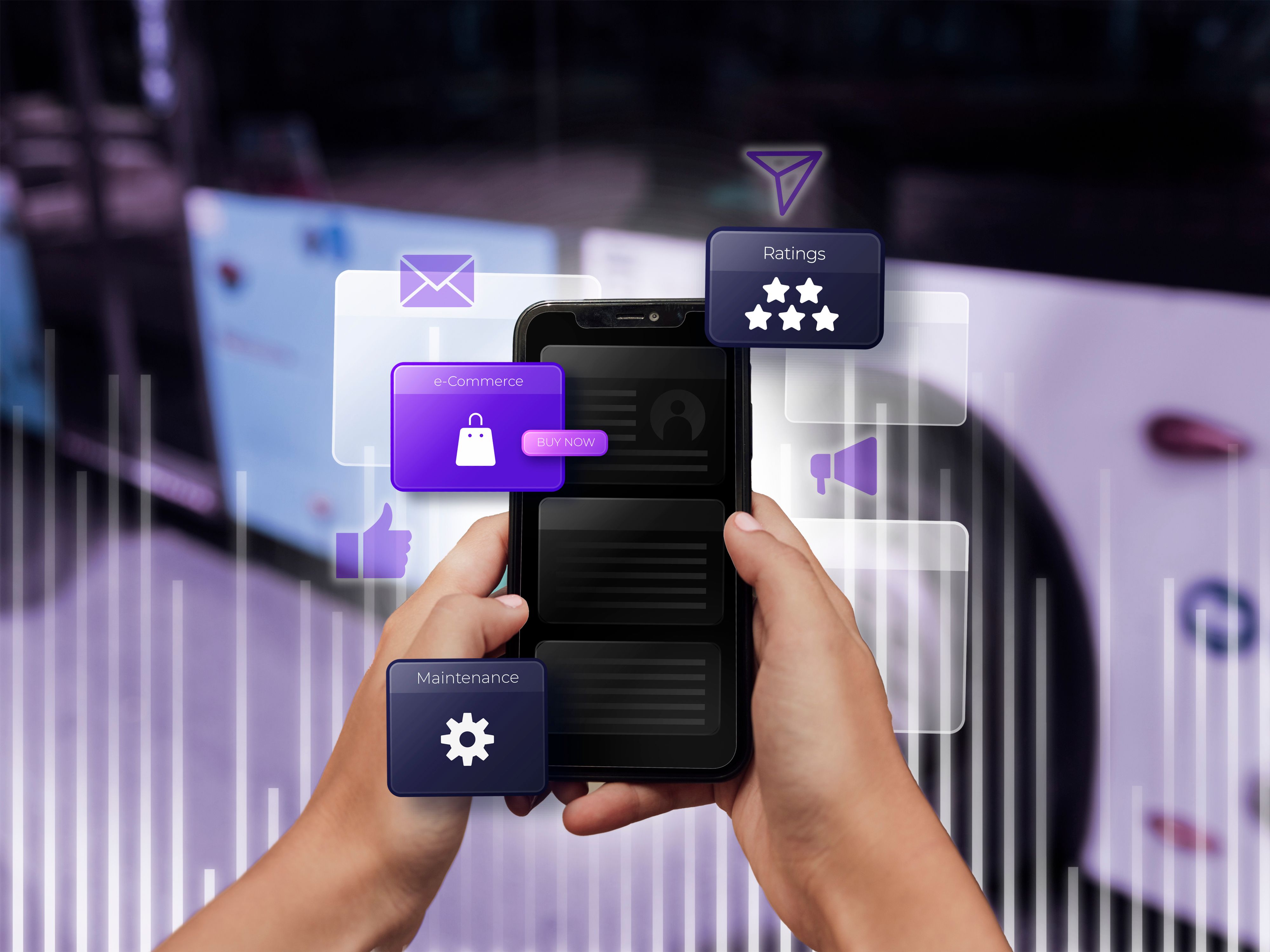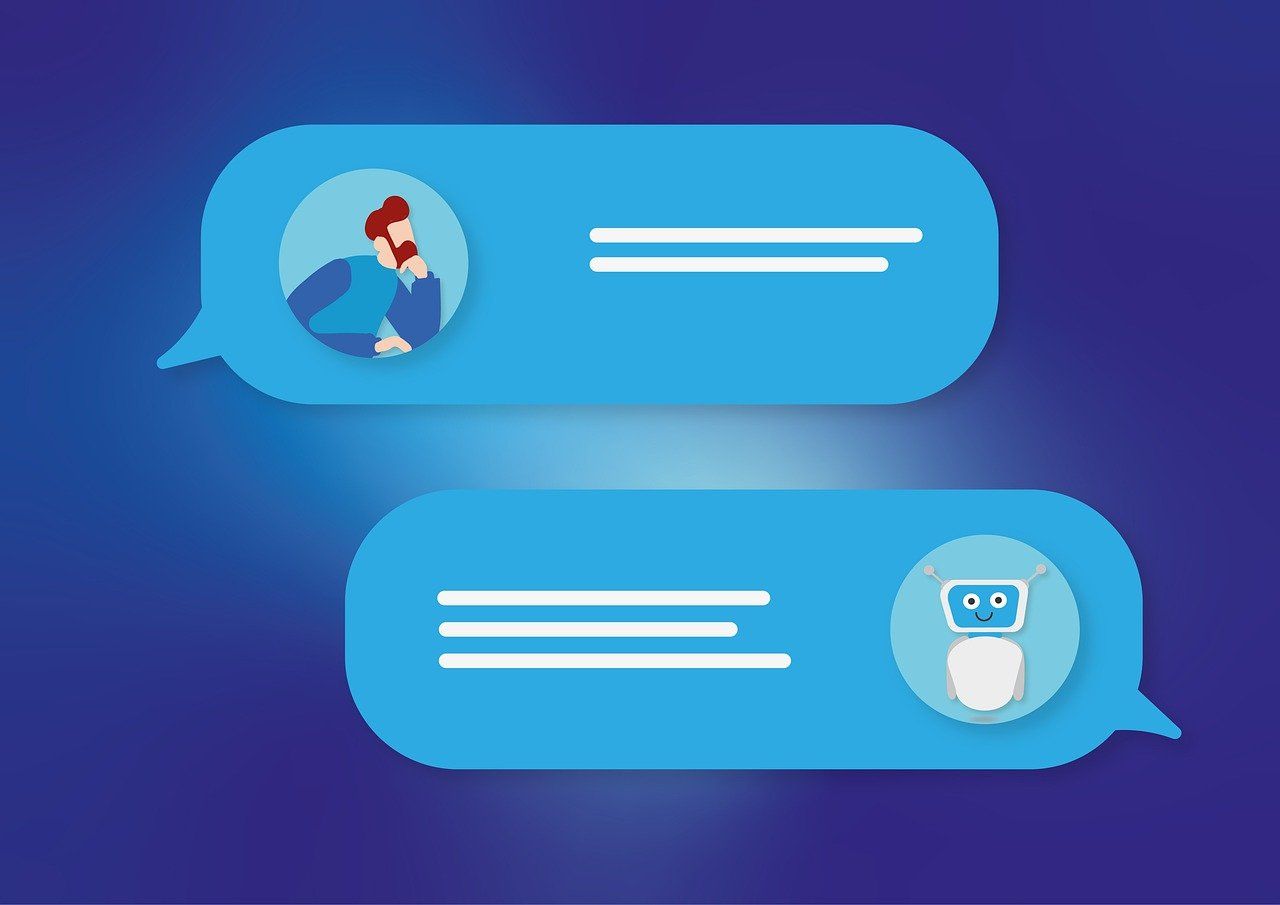Top Mistakes Businesses Make When Adding Chatbots to Their Website

Key Points Before Starting
- Chatbots are powerful tools but require strategic implementation to deliver real value
- Common mistakes include poor planning, lack of personalization, and inadequate training
- Success depends on understanding user needs, setting clear goals, and continuous optimization
- Balance is crucial between automation and human touch
- Regular monitoring and updates are essential for long-term effectiveness
Top Mistakes Businesses Make When Adding Chatbots to Their Website
Chatbots have revolutionized how businesses interact with their customers online. They offer 24/7 support, instant responses, and can handle multiple conversations simultaneously. However, despite their potential, many businesses stumble when implementing chatbot technology on their websites. Understanding these common pitfalls can help you avoid costly mistakes and create a chatbot experience that truly enhances your customer journey.
The Implementation Trap: Rushing Without Strategy
One of the most significant errors businesses make is treating chatbot implementation as a quick technical fix rather than a strategic initiative. Many companies rush to add a chatbot simply because competitors have one, without considering whether it aligns with their business objectives or customer needs.
Before deploying a chatbot, businesses should clearly define what they want to achieve. Are you looking to reduce customer service costs? Increase lead generation? Provide instant product recommendations? Without clear goals, you'll struggle to measure success or optimize performance.
Another critical mistake is failing to map out customer journeys. Your chatbot should be designed around how customers actually interact with your website, not how you assume they do. Conduct user research, analyze existing support tickets, and identify the most common questions and pain points. This groundwork ensures your chatbot addresses real needs rather than creating additional friction.
Conversation Design Failures That Frustrate Users
Perhaps nothing damages customer trust faster than a poorly designed chatbot conversation. Many businesses make the mistake of creating overly rigid, script-based interactions that feel robotic and impersonal. When customers realize they're stuck in a loop of irrelevant responses, frustration sets in quickly.
Common conversation design mistakes include:
- Over-promising capabilities: Setting expectations that the chatbot is "just like talking to a human" when it clearly isn't leads to immediate disappointment
- Ignoring context: Failing to remember previous interactions within the same conversation makes users repeat information unnecessarily
- Using corporate jargon: Speaking in technical or overly formal language that doesn't match your brand voice or customer expectations
- Providing no escape route: Not offering a clear path to human support when the chatbot can't resolve an issue
- Asking too many questions: Overwhelming users with lengthy qualification processes before providing any value
The tone and personality of your chatbot matter tremendously. It should reflect your brand identity while remaining helpful and approachable. Avoid the temptation to make your bot overly cute or gimmicky, this often backfires, especially when customers are seeking serious support.
Neglecting the Human Element
A critical mistake is viewing chatbots as complete replacements for human customer service rather than complementary tools. While chatbots excel at handling routine inquiries and providing instant information, complex issues, emotional situations, and nuanced problems require human empathy and judgment.
Businesses often fail to establish clear escalation protocols. Your chatbot should recognize when it's out of its depth and seamlessly transfer the conversation to a human agent, along with the conversation history so customers don't need to repeat themselves. The handoff should be smooth, transparent, and respectful of the customer's time.
Equally problematic is having no human oversight of chatbot interactions. Someone on your team should regularly review conversations to identify patterns, spot failures, and gather insights for improvement. This human-in-the-loop approach ensures your chatbot continues to evolve and serve customers effectively.
Technical and Integration Shortcomings
Many businesses underestimate the technical requirements for a successful chatbot deployment. A common mistake is implementing a chatbot that operates in isolation, disconnected from your customer relationship management (CRM) system, knowledge base, or other critical tools.
Key technical pitfalls to avoid:
- Poor mobile optimization: Failing to test and optimize the chatbot experience for mobile devices, where many users will interact with it
- Slow response times: Implementing a chatbot that takes several seconds to respond defeats the purpose of instant support
- Lack of multilingual support: Not considering the language needs of your diverse customer base
- Insufficient security measures: Failing to protect customer data shared during chatbot conversations, potentially violating privacy regulations
- No analytics integration: Missing the opportunity to track performance metrics, user satisfaction, and conversation outcomes
Integration with existing systems is crucial. Your chatbot should be able to pull information from your product database, check order statuses, access customer history, and update records as needed. Without these integrations, the chatbot becomes a frustrating dead-end rather than a helpful tool.
Insufficient Training and Maintenance
Launching your chatbot is just the beginning, yet many businesses treat it as the finish line. A significant mistake is failing to invest in ongoing training and optimization. Customer needs evolve, products change, and new questions emerge, your chatbot must keep pace.
Natural Language Processing (NLP) capabilities improve with training data. If you're not regularly reviewing unsuccessful conversations and teaching your chatbot to handle them better, you're leaving performance gains on the table. This applies whether you're using rule-based systems or AI-powered chatbots.
Content updates are equally important. Outdated information erodes trust quickly. When your chatbot provides incorrect pricing, refers to discontinued products, or links to pages that no longer exist, customers lose confidence in your entire digital presence.
Measuring the Wrong Metrics
Many businesses celebrate chatbot "success" based on superficial metrics like the number of conversations initiated while ignoring more meaningful indicators of value. High engagement numbers mean little if those interactions don't resolve issues or satisfy customers.
Focus on metrics that matter: resolution rate, customer satisfaction scores, time to resolution, escalation rate, and conversion impact. Track how often users abandon conversations mid-stream, this often signals frustration. Monitor which questions the chatbot struggles with most and prioritize improving those interactions.
It's also a mistake to optimize solely for cost reduction. While chatbots can certainly lower support costs, their real value often lies in revenue generation through improved customer experience, increased engagement, and better lead qualification. A balanced measurement approach captures both efficiency gains and business growth.
The Path Forward: Learning from Mistakes
The businesses that succeed with chatbots are those that view them as long-term investments requiring continuous attention and refinement. They start with clear objectives, design with empathy, maintain strong human oversight, and commit to ongoing optimization.
If you're considering adding a chatbot to your website or improving an existing implementation, take time to audit your approach against these common mistakes. The difference between a chatbot that delights customers and one that drives them away often comes down to thoughtful planning, user-centered design, and sustained commitment to excellence.
For businesses looking to implement intelligent, well-designed chatbot solutions that avoid these pitfalls, partnering with experienced providers can make all the difference. Anablock specializes in creating chatbot experiences that genuinely serve both business goals and customer needs, helping you navigate the complexities of modern conversational AI.
Remember: a poorly implemented chatbot is worse than no chatbot at all. Take the time to do it right, learn from others' mistakes, and create an experience that truly adds value to your customer interactions.
Want to learn more about our healthcare solutions?
Discover how our AI technology can transform your healthcare practice.
Related Articles


